DULUTH — It’s been a telephone exchange, a teen concert venue, a bomb shelter and a space for squatters. Now the old Northwestern Bell telephone exchange building in the Endion neighborhood is about to fill its next role: apartment building.
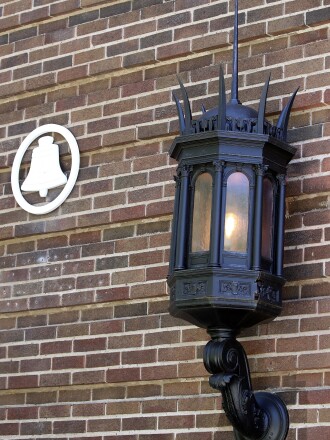
Steve Kuchera / Duluth News Tribune
Mike Poupore, the building's owner and general contractor, bought the property at 1804 E. First St. in 2015 and has spent the last two years building out 10,500-square-foot apartments for rent on the first two floors and his own unit across the entire third floor. He hopes to start renting the units out by the end of the month for just above $1,000.
“I’ve been watching this building for 20-25 years … I’ve just been watching it, I’ve been in a number of different times over the years with different sellers,” Poupore said. “I’ve admired its stoutness.”
On a recent tour of the building, Poupore pointed out the original exterior details: stone shields embedded into the brick, terracotta soffits and large, lantern-like front lights on both sides of the entrance. The Bell logo still hangs out front.
“You can feel and sense the quality of the construction. … I love that whole sense of history,” said
ADVERTISEMENT
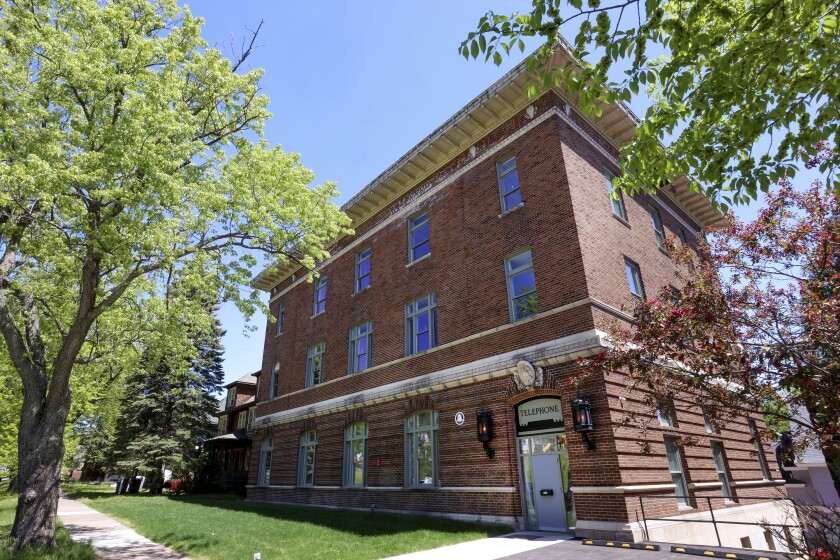
Steve Kuchera / Duluth News Tribune
Inside, the building is held up by large steel columns that have been enclosed and made part of the walls dividing each unit.
The one-bedroom apartments will feature 13- to 16-foot-tall ceilings, tall windows facing the hillside and a living space that connects to the kitchen. A loft-like storage area will cover the kitchen, bathroom and bedroom. An accessible unit will be on the first floor.
Poupore calls it “urban industrial workforce housing.”
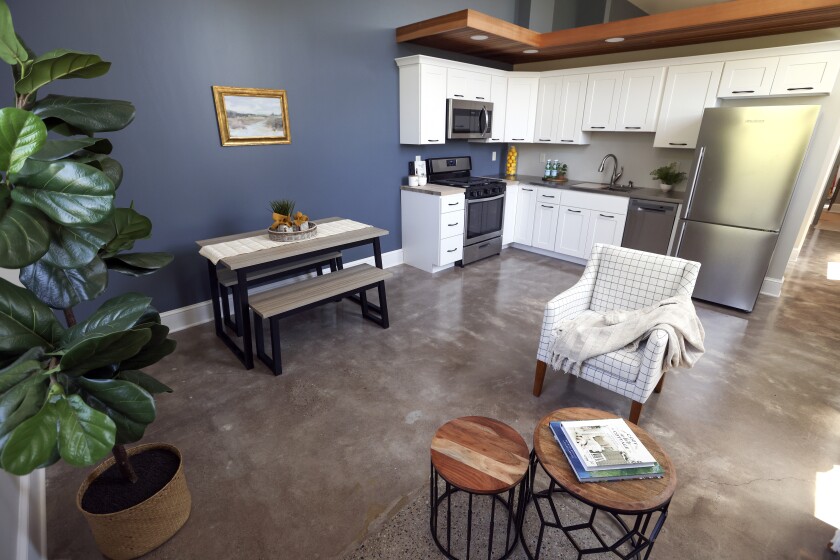
Steve Kuchera / Duluth News Tribune
The telephone exchange era
According to the News Tribune archives, the Duluth Telephone Co. built and opened the building in 1918 as the “Hemlock exchange.” It later became part of Northwestern Bell.
It immediately served 4,000 phone customers but was built “with the idea of growth and expansion." It would serve the area from Sixth Avenue East to 32nd Avenue East and include the Hunters Park and Woodland neighborhoods, according to a July 4, 1918, News Tribune article.

Newsbank / News Tribune
The article also highlighted the building’s exterior details that Poupore loves so much.
“The new Hemlock exchange building … is said by many telephone experts to be the most beautiful and complete of any in the Northwest or even the whole country,” the News Tribune reported. “It is an 80x60 fireproof building of steel, concrete, faced brick and trimmed with white stone.”
ADVERTISEMENT
Inside, 23 women worked on a second-floor switchboard with up to 10,000 wires, directing incoming phone calls to their destination.
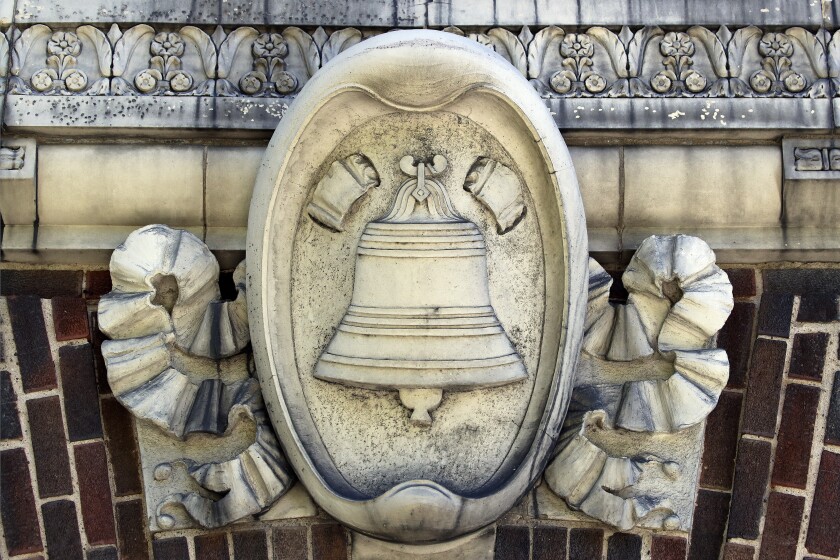
Steve Kuchera / Duluth News Tribune
The third floor was a “restroom and recreation room for the girls,” with a reading room, dining room, long parlor and “lockers for their wraps,” the News Tribune reported. A matron was in charge of the restroom and second-floor “emergency hospital.” The first floor held all the coils and batteries while the basement had a backup generator.
By the early 1970s, the building was no longer used as a telephone exchange, Poupore said.
The RecyclaBell Era
By the 1990s, the building was used for something else: It was home to RecyclaBell, a drug- and alcohol-free concert venue for teens.
“The rules may seem conservative, but the atmosphere and the crowd are not,” a 1996 News Tribune article said of the venue . “The music ranges from loud rock to alternative, and the dancing ranges from too-cool-to-move to moshing and body passing.”
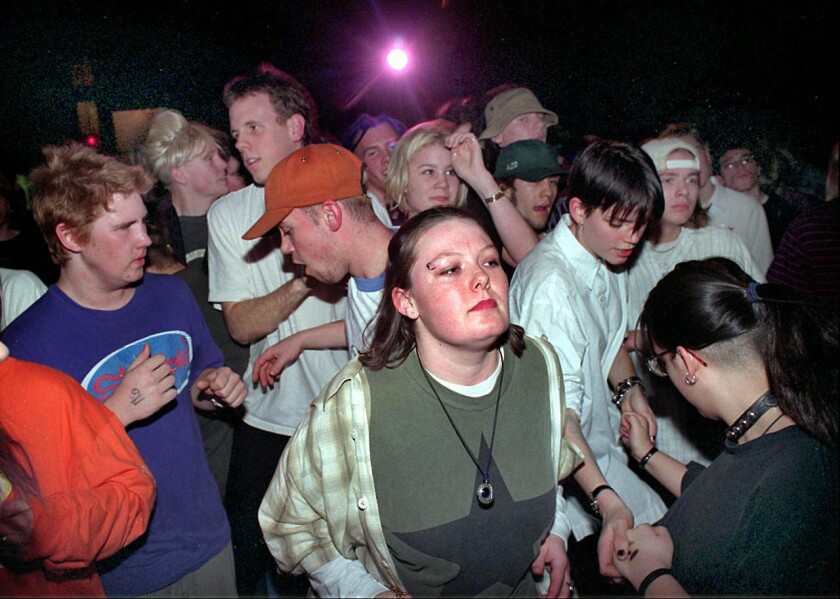
Josh Meltzer / 1996 file / Duluth News Tribune
Another 1996 News Tribune article described the venue: “There is no decor except for a few posters, and the music room’s black walls and empty floor provide the perfect backdrop for bands and dancers who are attempting to escape the trappings of the adult world — if only for a few hours.”
It helped cultivate the Duluth music scene that exists today — and at least a few careers.
It’s where Low, now internationally acclaimed, played their first two shows in 1993, said the band’s Alan Sparhawk.
ADVERTISEMENT

Josh Meltzer / 1996 file / News Tribune
Inspired by bands like Nirvana, the early 1990s were a time when a wave of young people across the U.S. were forming bands and seeing live music in small venues, Sparhawk said. In Duluth, the epicenter of that movement in Duluth was RecyclaBell.
“There was a big enough scene of young people that were interested in going out to that … they would just just show up,” Sparhawk said. “If there was something going on Friday or Saturday, people would just show up. They didn't need to know necessarily who the bands were.”
RecyclaBell was owned by the late Joyce and Chris Campbell, who bought the building in 1991 and “made an apartment for themselves on the third floor, and turned it into an activist center for anti-violence and environmental causes and a music venue for young people on the weekends,” the News Tribune reported in 1996.
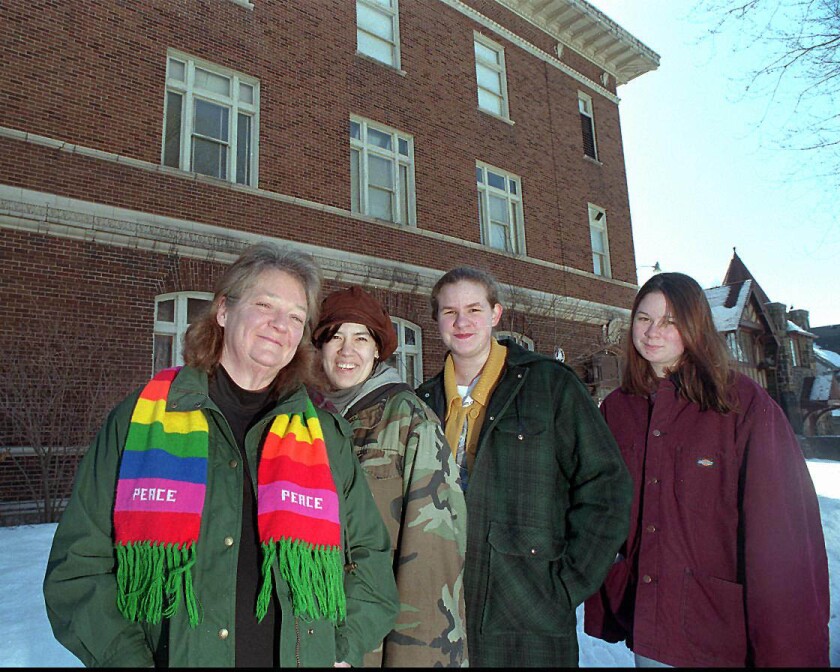
Josh Meltzer / 1996 file / Duluth News Tribune
Sparhawk described the Campbells as “classic old Duluth hippies who love old buildings, want to see them preserved.”
After RecyclaBell closed by the late 1990s, the building changed hands a few times — even Sparhawk considered buying it at one point, dreaming of putting a vegan restaurant in it and a rooftop garden.
Poupore said it was largely empty for those two decades, but he found plenty of evidence of squatters. One previous owner had, however, removed old piping, radiators, asbestos and other hazardous materials, which helped when Poupore took over.
But now, after many years, the building will again have regular tenants.
“I’m glad it’s being used,” Sparhawk said of the building.
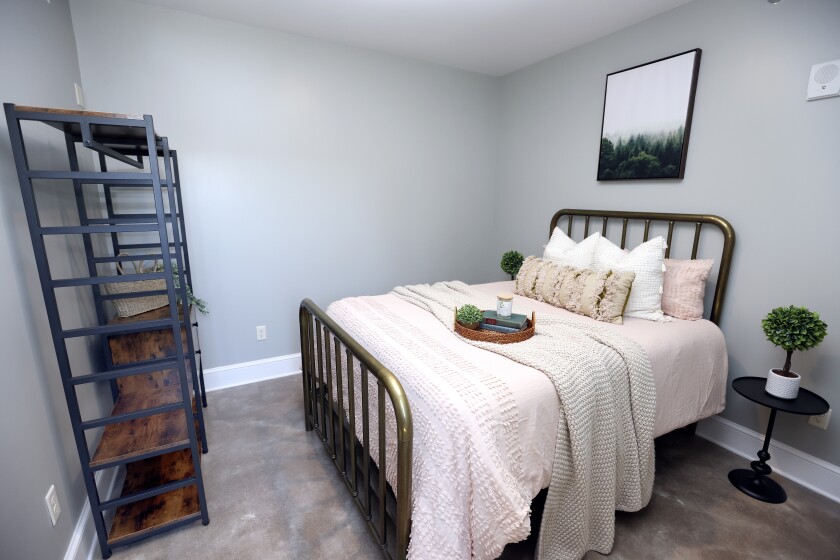
Steve Kuchera / Duluth News Tribune
"exchange" - Google News
June 11, 2022 at 07:10PM
https://ift.tt/v4dTt6G
Old telephone exchange building in Duluth converted into apartments - Duluth News Tribune
"exchange" - Google News
https://ift.tt/elbGna2
https://ift.tt/KgHuFlr
Exchange
Bagikan Berita Ini














0 Response to "Old telephone exchange building in Duluth converted into apartments - Duluth News Tribune"
Post a Comment